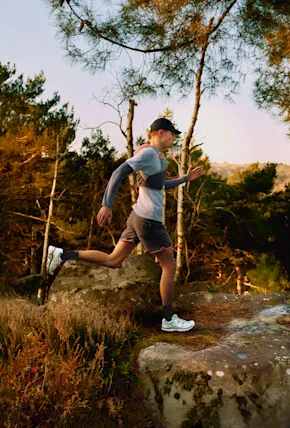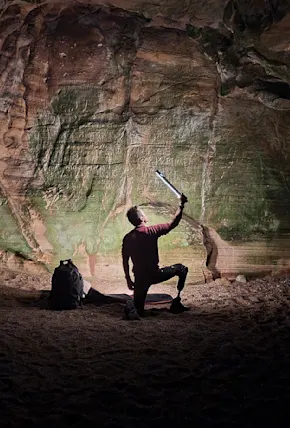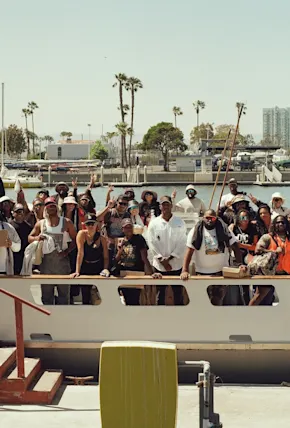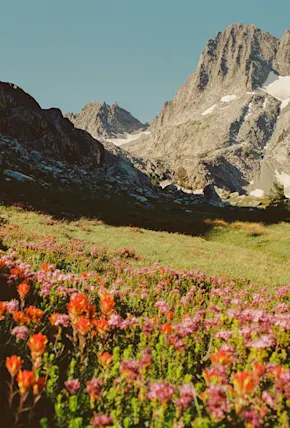There are a lot of Native American reservations here in Montana. And I've been working personally on how I can respectfully bring the thing I know best, which is photography, to them. It's really hard to navigate tribal politics. And I can understand a feeling like, "What is this white guy wanting to do here? We don’t need him." Whether they need photography or not, I’d like to be able to just to give them that vehicle, especially the kids in these reservations. So that's been one of my personal projects, but I really kept it hush because I believe in doing versus talking.
And I'm donating some cameras to the Black Archivist. It's my friend, Paul Octavious, who is a photographer from Chicago, who has this project for people to give their cameras to people of color in the US, who apply to get the cameras. I think it's really cool. I've got a few Canons that we'll be sending. But you don’t have to mention that. I just think it should get some eyeballs from your audience. We all have the shitty cameras—or a good one—sitting around that are doing nothing. Send it to somebody. It’s cool.
COVID-19 has really put a hurt on many creatives. Do you have any advice or words of resilience for the photographers out there that have seen work dry up?
Man I saw this meme that was like, "I miss precedented times." Right? Haha. But yeah, definitely, it’s, uh, weird. It's actually a good time for a plug, man. I made a whole workshop that’s free for everybody—or three or five bucks, whatever you want to do. The Resiliency Workshop. Because I don't have all the answers, I interviewed a bunch of people on what they're doing.
What I gathered the most is that there's always going to be brands who are spending. Right? So, it's just about finding these. That's what takes the most work. But there is definitely a tide going on. It's not just a wave. It's a massive tide of people freezing their money. So, as long as you're comfortable with your hit rate being a third of what it was before, then keep plugging. You just got to know that if you used to have to pitch five brands before, you have to do 15 now to get one.
And you better sell your best ideas, only. No B-roll ideas right now. That won't fly anymore. Just your A stuff.
And then obviously, developing income streams.
With the foreseeable future looking like less travel and more time at home, what are you doing to explore new income streams?
I just got this massive Canon printer for the Nooq, our house, and I'm going to be setting up a print studio in the basement. So that's a little secret I'm going to be doing.
Whenever I have time, like I have now, I start looking at things that I think are broken. I think the print industry is broken—the way people sell prints is boring and broken, at least the internet way. Which is like, “Hey, buy my print, I'm making a sale.” And then people buy the prints and then a lab prints it and then the lab ships it to this person. The photographer has never seen the print, touched the print, signed the print, whatever. Nothing. Just a big disconnect. I think that’s broken. I don't think that elevates the photography industry.
So I’m going to get my printer and then learn my own shit and make all the mistakes, fail at printing things, and then figure it out. I want to learn how to make frames, too. So I have this framer in town who is going to teach me how to frame photos. I'd love to go take a dead tree, cut it to bits, and make my frames. Taking a very craftsman approach to it is the goal.
If people go volume, I'd like to go the opposite way—no volume, just one. This is it. I made the frame. I printed it. I touched this thing. I examined it with a loupe. I'll sign it. And it will be a unique piece. I don't know if that's going to be a financial success or not. But I'm going to give it a good try at least. It could turn into something interesting!


















